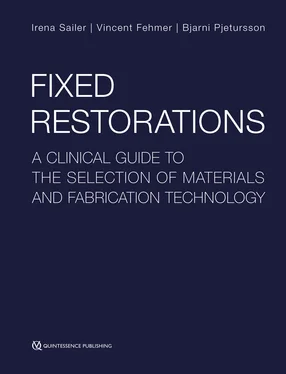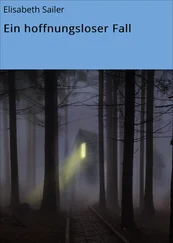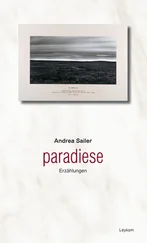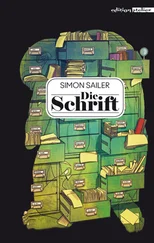1 ...6 7 8 10 11 12 ...29 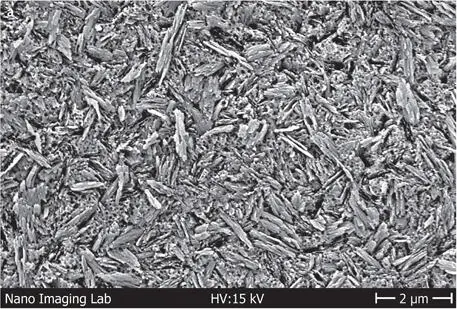
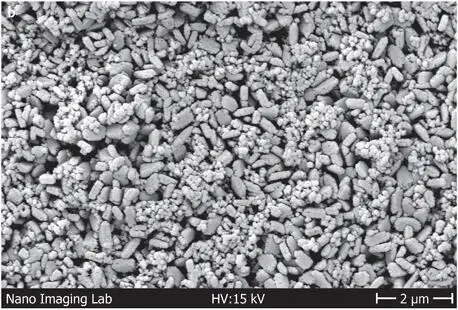
Figs 1-1-18a and 1-1-18b Microstructure of glass-ceramics. (a)Lithium-disilicate (IPS e.max CAD). (b)Lithium-metasilicate (Suprinity PC).
In general, glass-ceramics may be milled in the fully crystallized state (eg, Celtra Duo) or in the glass state and crystallized subsequently (eg, IPS e.max CAD, Vita Suprinity PC). As the crystallization process does not influence the dimension of the work piece, the fit of the restoration is not affected by the thermal process.
Lithium-silicate glass-ceramic is also offered for the fabrication of restorations by press technology (eg, IPS e.max Press, Ivoclar Vivadent; Celtra Press, Dentsply Sirona; Vita Ambria, Vita Zahnfabrik). The respective composition is adjusted to the press process and therefore slightly different from the machinable variant.
Today, the lithium-silicate glass-ceramics are mostly applied in the monolithic state, without additional veneering ceramic or with only a very small amount of veneering ceramic in facial areas. With this, the risk for chipping of the veneering ceramic is reduced. Recent investigations have demonstrated very favorable clinical outcomes of the monolithic lithium-disilicate tooth- and implant-supported single-unit restorations, and also of lithium-disilicate resin-bonded prostheses 19 , 25 , 26. However, multiple-unit lithium-silicate fixed dental prostheses exhibited pronounced failure rates due to catastrophic fracture. Therefore, the indication for fixed dental prostheses is limited 27.
Zirconia
Zirconia, the strongest tooth-colored ceramic, was adapted to the requirements of dental application in line with the evolution of the CAD/CAM technology 28. Zirconia is the oxide of zirconium (ZrO 2). Zr and O form a strong chemical bond, resulting in a high flexural strength, exceeding the strength of any other tooth-colored ceramic. Zirconia cannot be processed with conventional procedures like layering or pressing. Zirconia was processed in the densely sintered stage in the beginning, yet, the milling of this hard, tough ceramic was very time-consuming and associated with excessive tool wear. The development of the zirconia white-stage milling out of pre-sintered blanks with subsequent sintering to full density using the direct ceramic machining (DCM) procedure 29enabled its large-scale application in dentistry. To compensate the sintering shrinkage, restorations must be milled so as to be considerably oversized, in the range of 20%.
Zirconia shows three different crystal modifications. At room temperature zirconia has a monoclinic structure. Heating zirconia leads to a phase transition from monoclinic to tetragonal structure at 1170°C. And finally, above 2370°C a cubic structure is stable (Fig 1-1-19). Replacing 3 mol% of ZrO 2by Y 2O 3stabilizes the tetragonal phase down to room temperature due to oxygen voids in the crystal lattice and the larger atomic radius of Y compared to Zr. The abbreviation of this material is 3Y-TZP (TZP stands for “tetragonal zirconia polycrystals”). The tetragonal phase of this material is metastable and only occurs when the grain size of zirconia is less than 1 µm 30. When energy is brought into the material the phase transition to the monoclinic structure is triggered, even at room temperature. This phenomenon is used to reinforce zirconia: the phase transition from tetragonal to monoclinic (t 🡢 m) is associated with a volume increase of about 4–5%. Microcracks under tensile stress lead to stress concentration at the crack tip. In this area, the mechanical energy is sufficient to provoke the t 🡢 m phase transition. For the phase transition only a slight movement of the atoms in the crystal lattice is necessary (Fig 1-1-19). The increase in volume associated with the phase transition leads to an intrinsic compressive stress at the crack tip, opposing the external tensile stress and thus increasing the materials strength. This effect is not reversible. When the monoclinic phase is established, the strengthening mechanism in this area is consumed; like a match, once lit it cannot be lit again.

Figs 1-1-19a to 1-1-19c Crystal structures of zirconia. (a)Cubic. (b)Tetragonal. (c)Monoclinic.
As zirconia is a polycrystalline ceramic without a noteworthy glassy phase, multiple phase boundaries are present. Further, the refractive indices of the tetragonal and the monoclinic phase differ as a function of the direction of the light incidence. That is the reason why 3Y-TZP has an opaque whitish appearance. 3Y-TZP, therefore, is solely used either as abutment material for implants or framework material for fixed restorations, which for esthetic reasons has to be masked with veneering ceramic.
Most veneering ceramics are based on feldspathic ceramics. For the veneering procedure, the feldspathic ceramic powders have to be mixed with modeling liquid by the dental technician in order to become ceramic slurries. Differently colored slurries are then manually applied to the restoration framework according to the desired shade and the respective optical properties, 20–40% oversized. Subsequently, the veneering ceramics are sintered onto the framework in a furnace, thereby shrinking to the desired dimension. The sintering procedure is performed under vacuum to remove the air captured in the ceramic slurry. Despite the vacuum the air cannot be fully eliminated. Smaller voids of some micrometers in diameter do not equal any risk but may contribute to the optical properties of the ceramic by reflection and scattering of light.
However, numerous studies have reported problems with the zirconia veneering ceramic, ranging from superficial chipping to fractures of larger pieces like, eg, entire cusp tips 31 – 33. Despite all scientific efforts to further improve the strength of the veneering ceramics, their bond to the zirconia substrate and the firing regime during the veneering process, chipping remains to be the major technical complication of veneered zirconia restorations 33.
More recently, new variations of zirconia were developed exhibiting tooth-like color and more translucency, allowing for the monolithic application of zirconia for single- and multiple-unit restorations 28. These new types of zirconia have a higher amount of yttria. An increasing yttria content leads to the stabilization of the cubic phase. The cubic structure is isotropic, which means that whatever the light’s angle of incidence, the refractive angle is always the same. Therefore, the higher the amount of yttria, the higher the translucency (Fig 1-1-20). These recently developed zirconia types can be applied almost without veneering ceramic or just monolithic, even in esthetically demanding situations. However, with an increasing amount of cubic crystals the strengthening mechanism by phase transition under stress is increasingly lessened and the flexural strength is reduced (Fig 1-1-21).
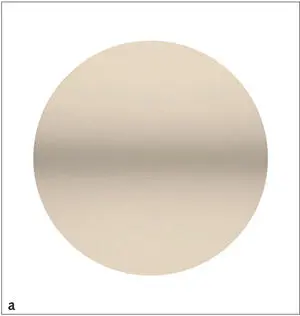
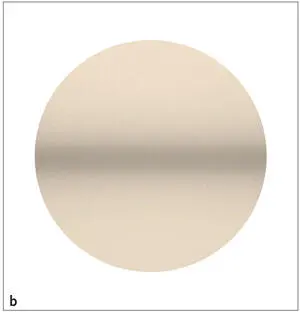
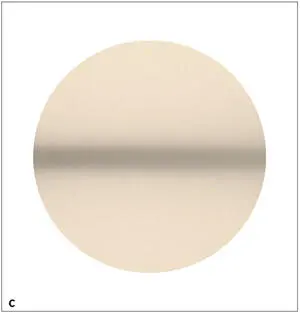
Fig 1-1-20a to 1-1-20c Translucency of 3Y-, 4Y-, and 5Y-TZP.
Читать дальше
